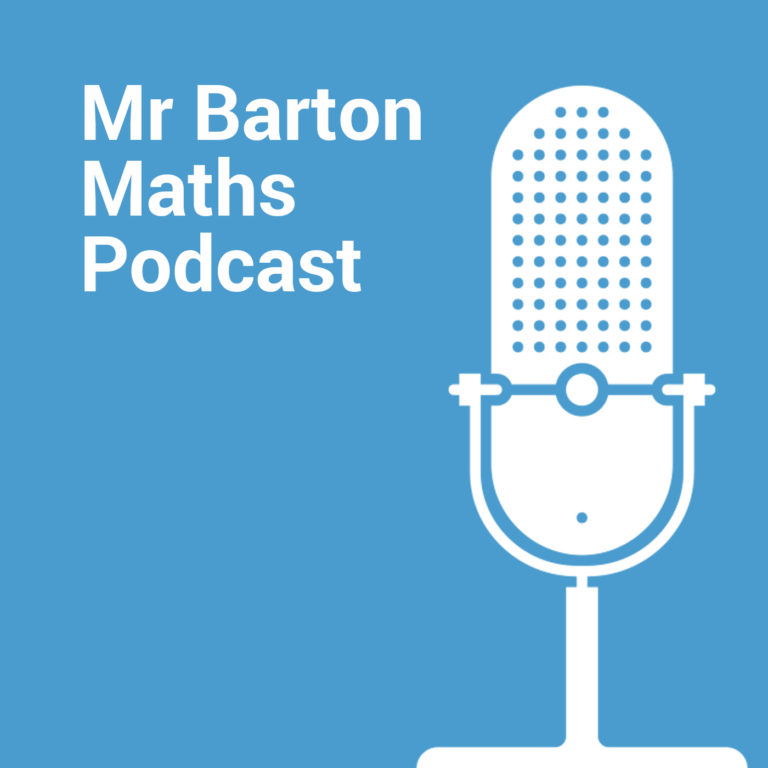
Craig Barton interviews guests from the wonderful world of education about their approaches to teaching, educational research and more. All show notes, resources and videos here: https://www.mrbartonmaths.com/blog/
Jo Morgan (@mathsjem) and I spent four days at the BCME conference in April of 2018, and decided to record a podcast each night – it sounded a good idea at the time. Hear our thoughts on all things from variation, manipulatives, A Level teaching, tough GCSE questions, pub quizzes and Hannah Fry…
For more information about today’s guest, plus links to the websites, resources and ideas they mention, please visit the show notes page: http://www.mrbartonmaths.com/blog/conference-takeaways-bcme-day-2/

Hello, and welcome to another episode of the Mr Barton Maths Podcast, with me Craig Barton.
This podcast comes live from the end of Day 2 at the BCME Maths Conference 2018. It is recorded with my co-host Jo Morgan (@mathsjem on Twitter and the creator of the online bible of maths resources, resourceaholic.com) . This episode we discuss…
1. Challenging topics in GCSE maths – Carol Knights
2. A brief history of problem solving (1982 – 2017) – Paul Metcalf
3. Changes to mathematics education in Englad – Charlie Stripp
4. Using manipulatives in secondary maths – Michael Anderson
5. Pop-up maths – David Sharpe
6. Developing excellent in mathematics – Simon Singh
7. Fact and fiction in the history of mathematics – David Acheson
8. Why exams do not tell you what your students know – Andrew Taylor and me
9. The big one… our quiz team
Links to Simon Singh’s materials: goodthinkingsociety.org and parallel.org.uk
A few photos from the history of problem solving session:
The link to the wonderful Dominoes resource on the STEM Centre is here: https://www.stem.org.uk/elibrary/resource/35317
And a few photos from that session:
My usual plugs:
- You can help support the podcast (and get an interactive transcript of all new episodes) via my Patreon page at patreon.com/mrbartonmaths
- If you are interested in sponsoring an episode of the show, then please visit this page
- You can sign up for my free Tips for Teachers newsletter and my free Eedi newsletter
- My online courses are here: craigbarton.podia.com
- My books are “Tips for Teachers“, “Reflect, Expect, Check, Explain” and “How I wish I’d taught maths”
Thanks so much for listening, and I really hope you enjoy the show!
Craig Barton
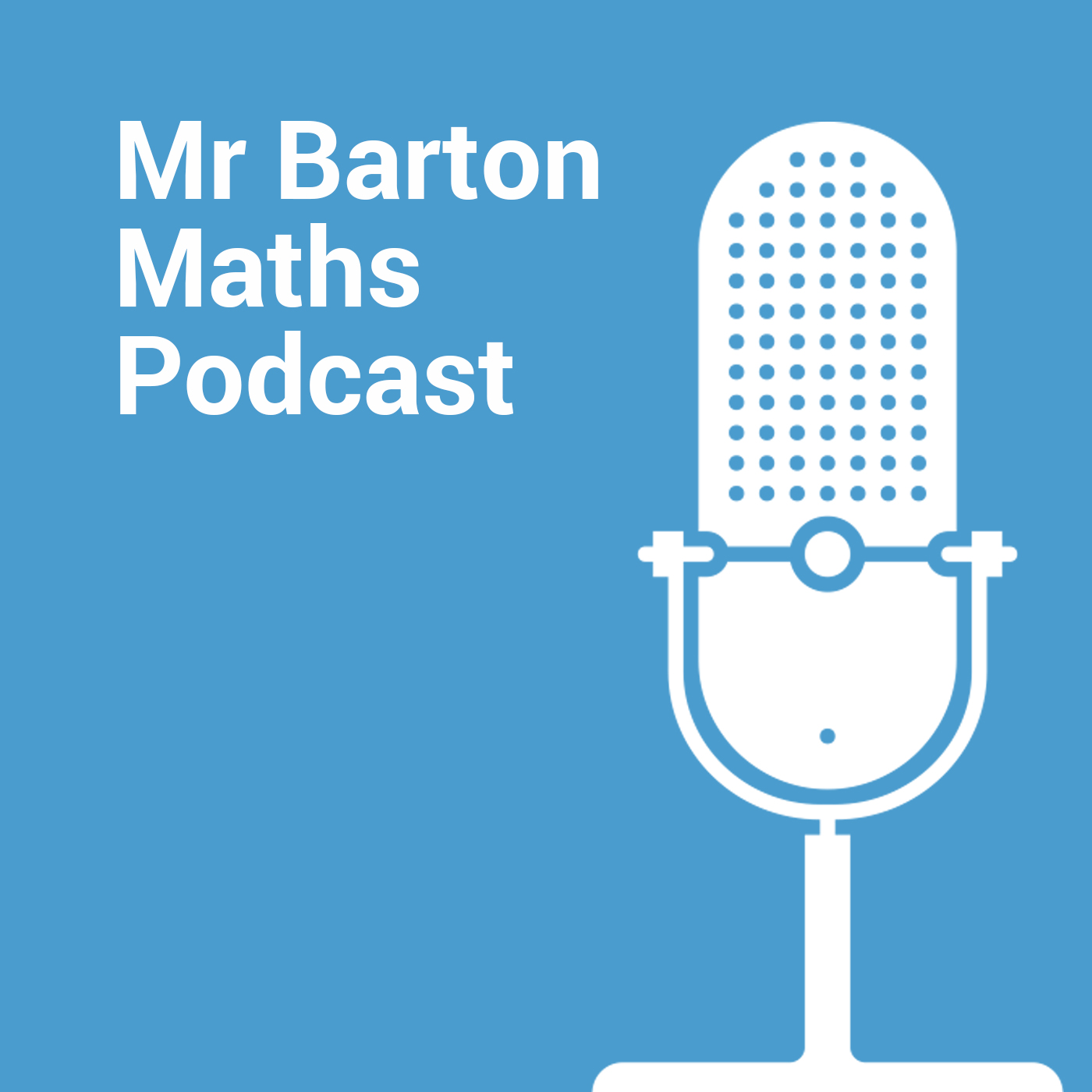
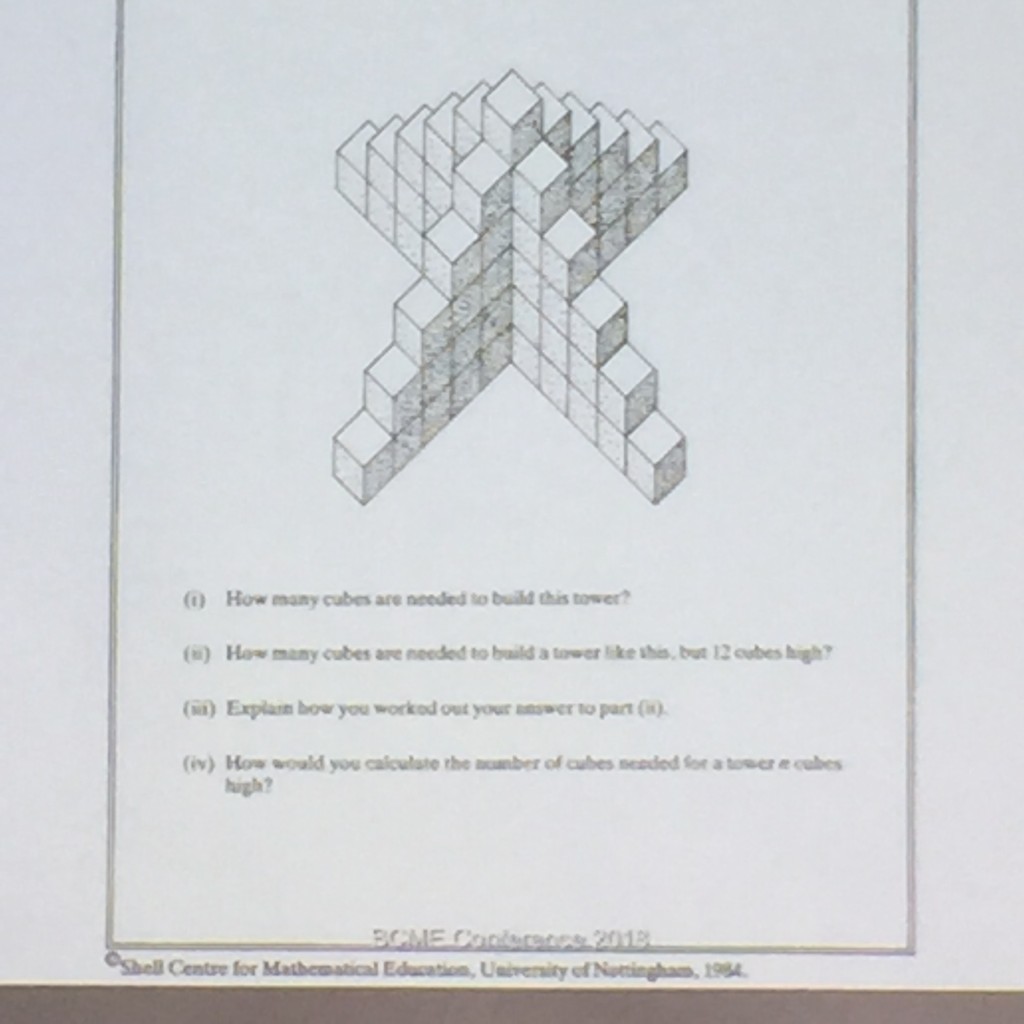
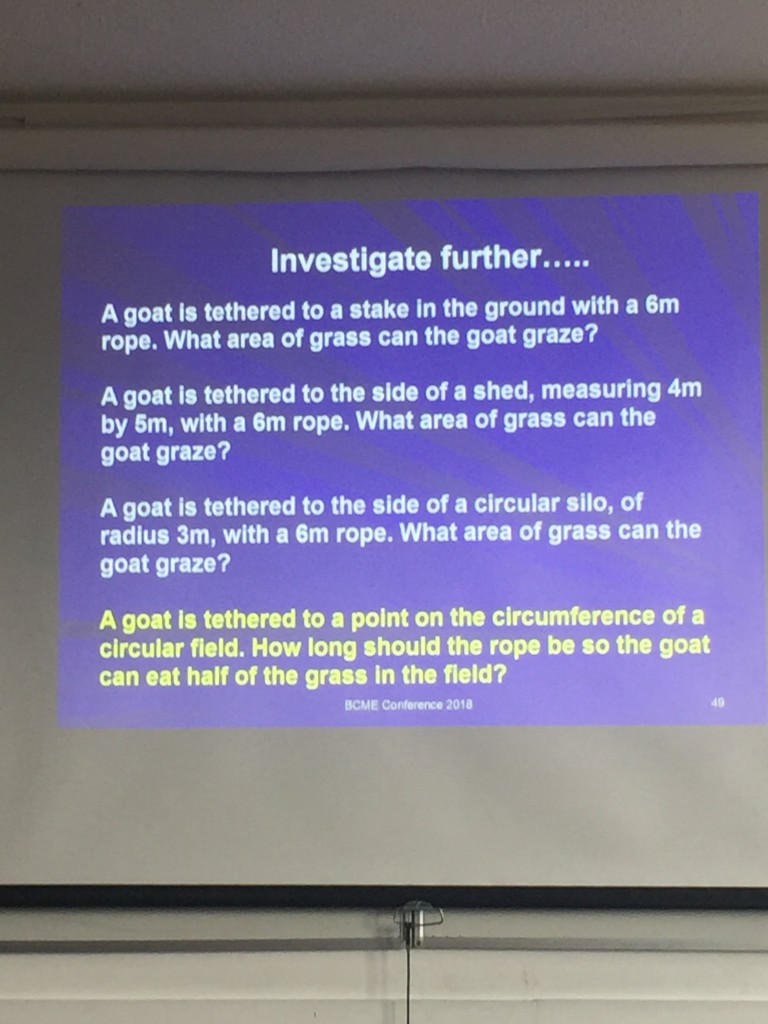
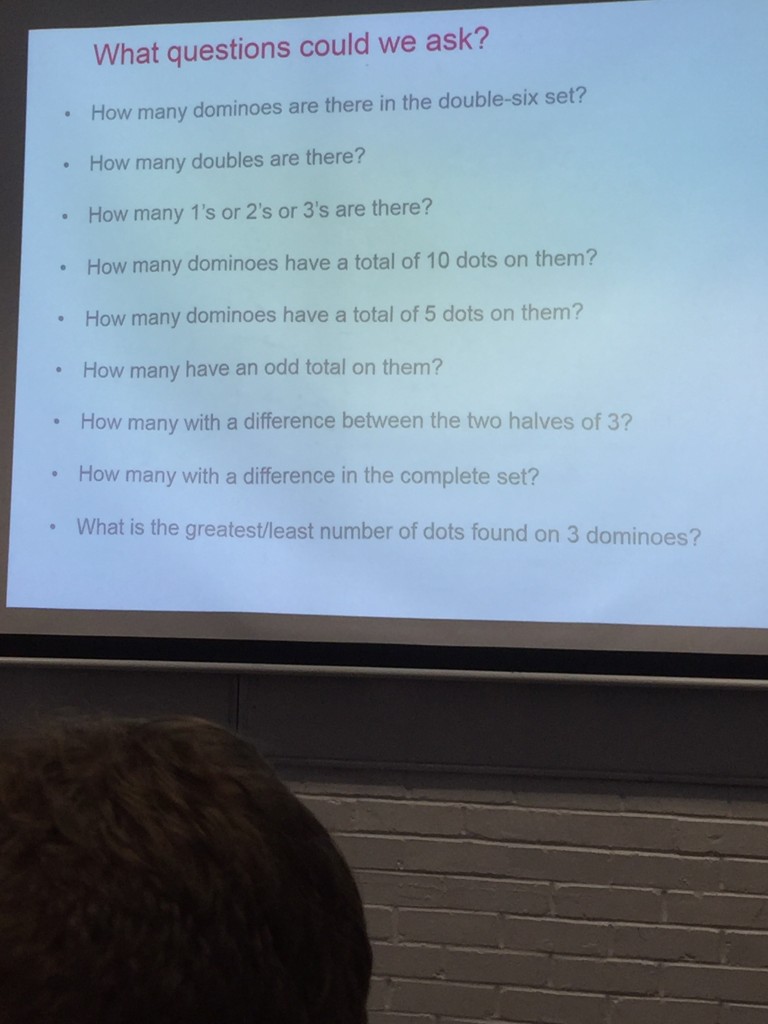
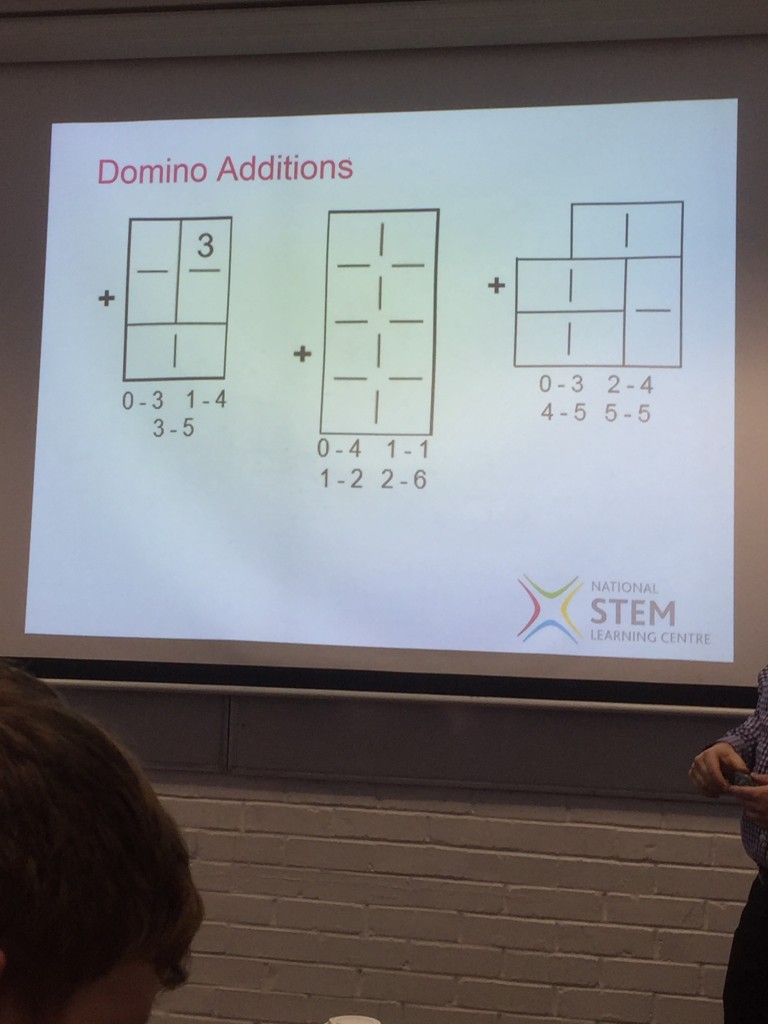
As a teacher in Australia, I was surprised to here your brief comments about the “time” button on our calculators. This is actually an angle button -it usually starts with the degrees symbol (not a dot as mentioned and older calculators even have it as a DMS button so it can be used for degrees minutes and seconds) [my understanding is that historically angles were first split into degrees then minutes and seconds and then later as the angles were being used to calculate time it picked up the same divisions for hours, minutes and seconds]
Our syllabus requires most students in years 9-10 to learn to break degrees into minutes and seconds rather than having decimal degrees, but I guess yours does not.
We also teach students to use it whenever it is helpful to work with time calculations.